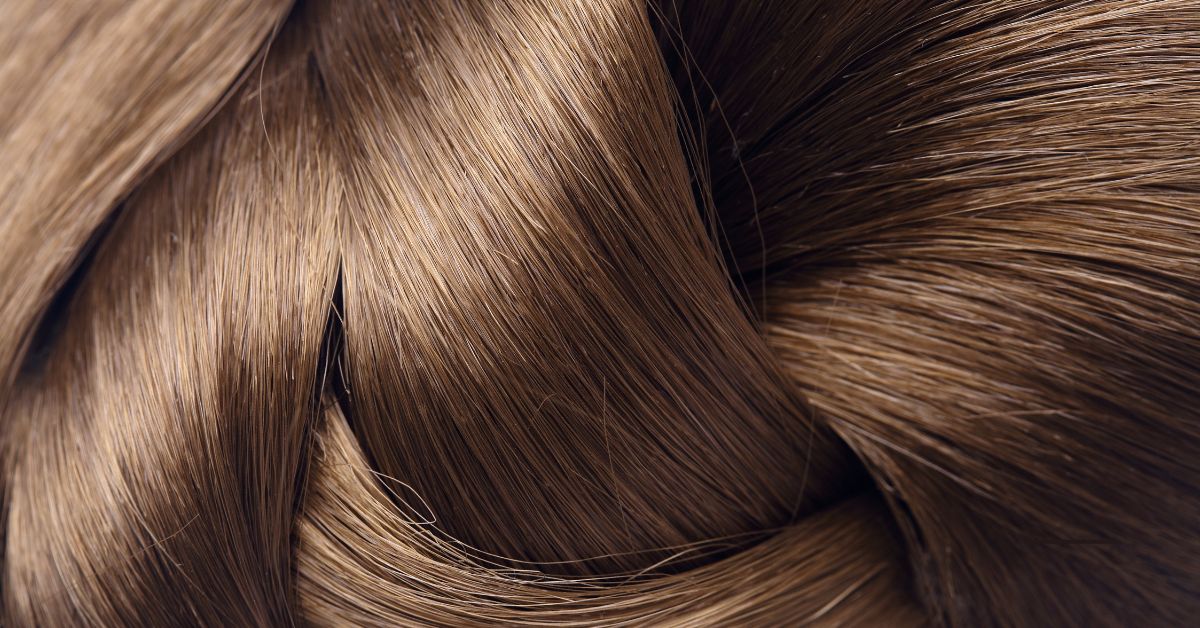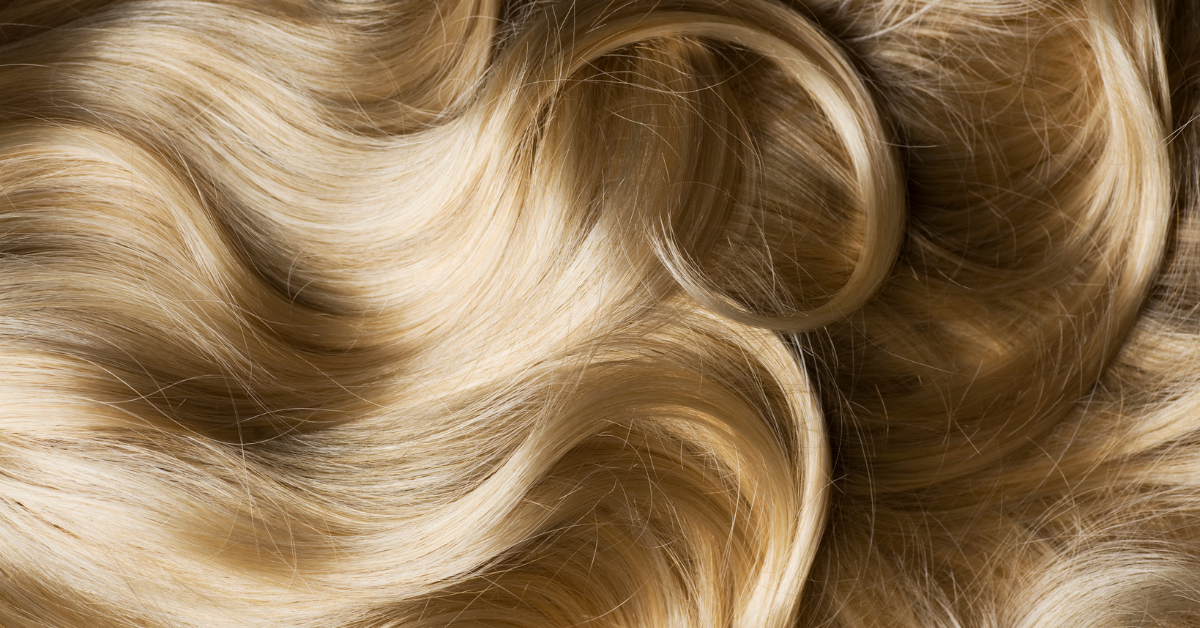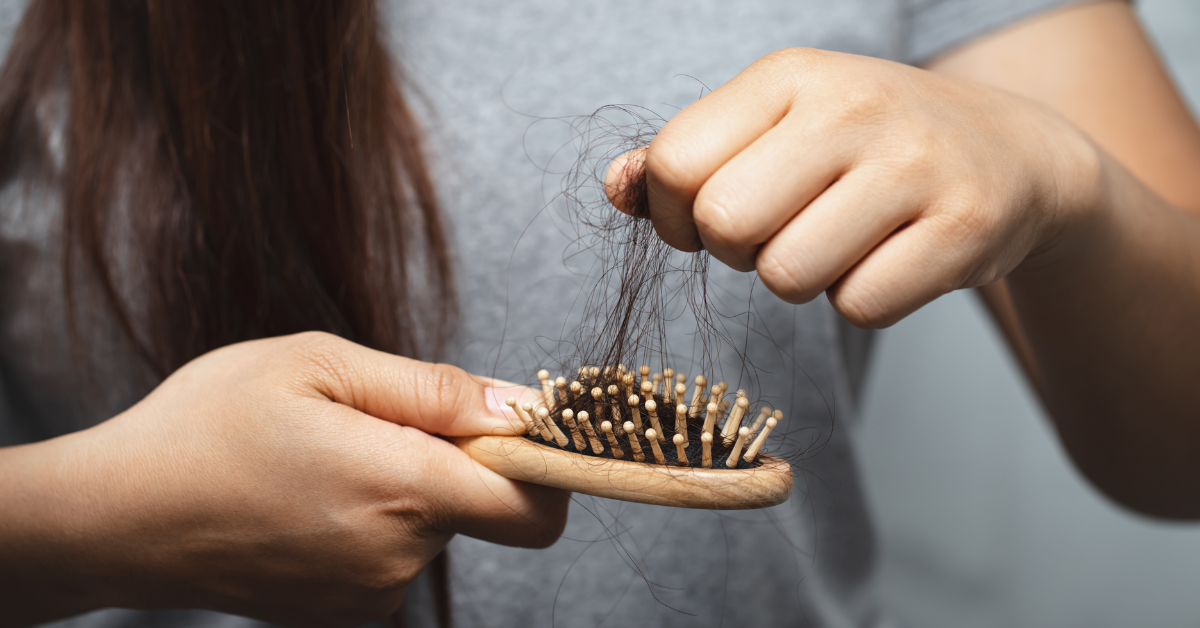Best Practices for Maintaining Healthy Hair After 30: What Changes?
As we age, many of us notice subtle changes in our hair—whether it’s a bit more thinning, a shift in texture, or changes in how our hair responds to styling. By the time we reach our 30s, our hair care needs may differ from when we were in our 20s, as our bodies undergo natural changes that can affect everything from hair growth to overall hair health. Understanding these changes and adapting your routine can help you maintain strong, healthy hair as you age.
1. Slower Hair Growth
As we age, our hair growth naturally slows down. The growth cycle becomes shorter, and hair may spend less time in its growth phase, resulting in thinning or slower regrowth. You may also notice that your hair’s texture changes, becoming finer or more brittle.
What You Can Do:
- Nourish from Within: To support healthy hair growth, focus on nourishing your hair follicles with key vitamins and minerals. Supplementing your diet with the right nutrients can help promote stronger and more resilient hair. Ingredients that support hair health are key for maintaining healthy growth.
- Give It Time: While it’s tempting to look for quick fixes, remember that hair care results take time. Be patient and consistent with your routine to see long-term improvements.
2. Increased Hair Shedding
It’s normal for hair shedding to become more noticeable in your 30s. This can be due to a variety of factors, including hormonal changes, stress, and environmental factors. While losing a few strands a day is natural, if you’re shedding more than usual, it might be worth considering adjustments to your hair care routine.
What You Can Do:
- Choose Gentle Products: Harsh chemicals and over-styling can exacerbate hair shedding. Use gentle hair care products that cleanse and condition without stripping natural oils. Look for treatments that support follicle strength to reduce the impact of shedding.
- Scalp Care: Regularly massaging the scalp can stimulate blood flow to the hair follicles, which is essential for healthy growth and reducing unnecessary shedding. Be sure to include scalp care as part of your regular routine, and avoid using harsh shampoos.
3. Thinning Hair
Thinning hair is one of the most common concerns for those in their 30s and beyond. It can occur due to hormonal changes, stress, and even dietary factors. As hair naturally becomes finer, it may appear less voluminous.
What You Can Do:
- Strengthen Your Strands: Focus on using products that nourish and improve the overall health of your hair, which in turn supports greater density and thickness while reducing fragility.
- Regular Trims and Healthy Styling: Regular trims help maintain healthy ends, preventing breakage that can make thinning hair look more pronounced. Avoid over-styling or using too much heat to keep your strands from becoming weaker.
4. Dryness and Lack of Moisture
Your hair may also lose some of its natural moisture, leading to dry, brittle strands. This can be caused by lifestyle factors like diet, stress, and environmental factors such as pollution or heating. Dry hair is more prone to breakage and can lose its natural shine.
What You Can Do:
- Hydrate Your Hair: Hydration is key to maintaining soft, healthy hair. Make sure to use nourishing hair masks and deep conditioning treatments regularly.
- Boost Inner Vitality: Often, dryness is an indication that your body needs more hydration and nourishment. Supporting your body with the right nutrients can improve both skin and hair health from the inside out.
5. Hormonal Changes
Hormonal fluctuations, particularly around pregnancy, childbirth, and menopause, can also play a significant role in hair changes. These shifts can cause hair loss, thinning, or changes in texture, which may be especially noticeable.
What You Can Do:
- Adapt Your Routine: Hormonal changes can require an adjustment to your hair care routine. Focus on products that support the scalp and hair follicles, especially those that help combat thinning and hair loss.
While your hair may change as you age, it’s important to remember that these transformations are natural. By nourishing your hair from the inside out and making gentle, effective changes to your routine, you can keep your locks looking their best.
Remember, taking care of your hair is a long-term commitment. By focusing on a balanced approach to nutrition, hydration, and gentle care, your hair can continue to thrive as you embrace your 30s and beyond.
While you’re looking for the best way to support your hair health, consider incorporating supplements designed to support hair growth and strength, many of which are crafted with ingredients that support follicle health and boost hair vitality from within. Patience and consistency are key to seeing results over time.


